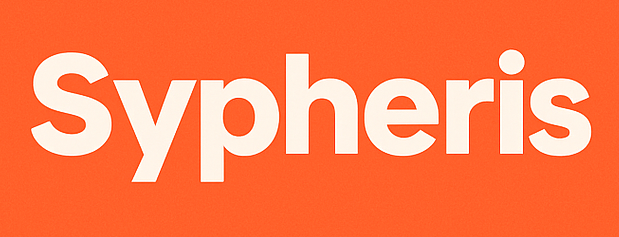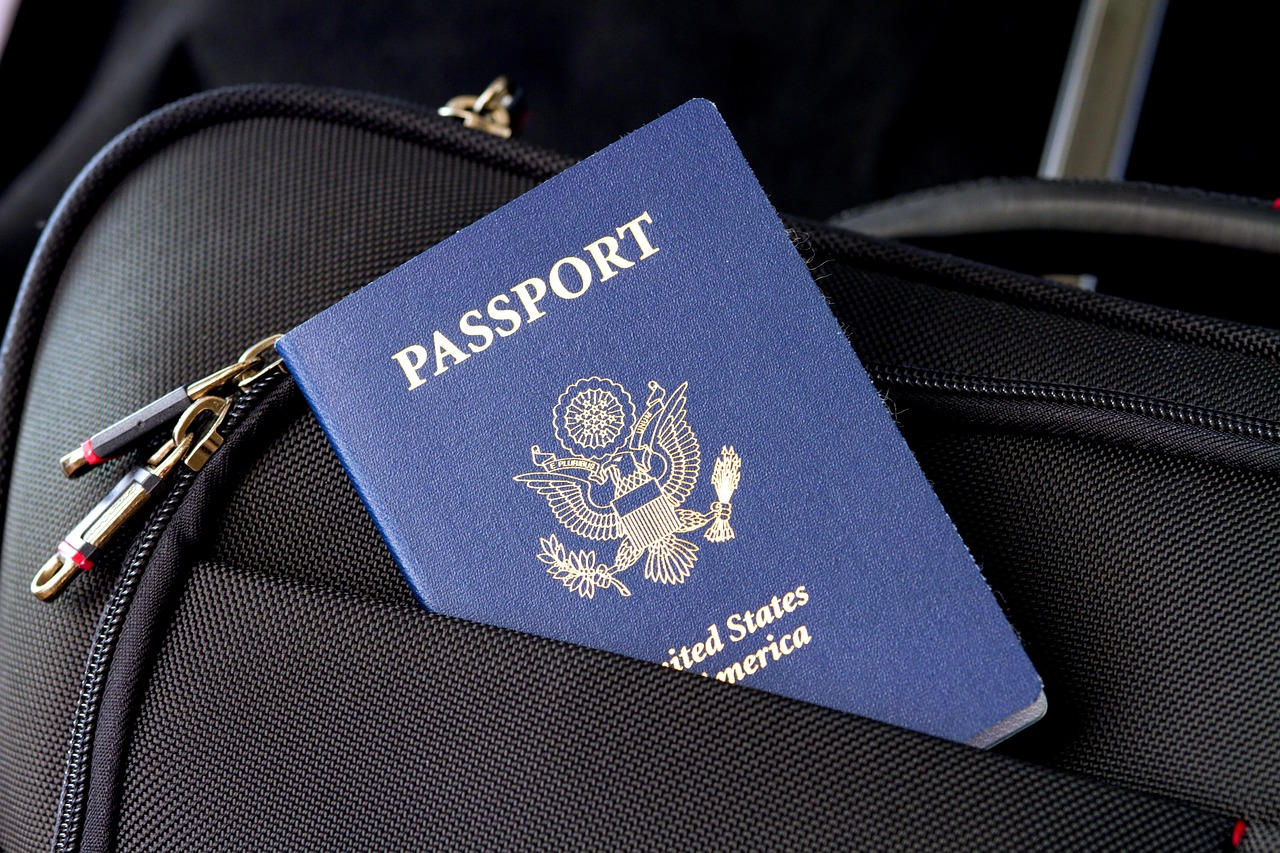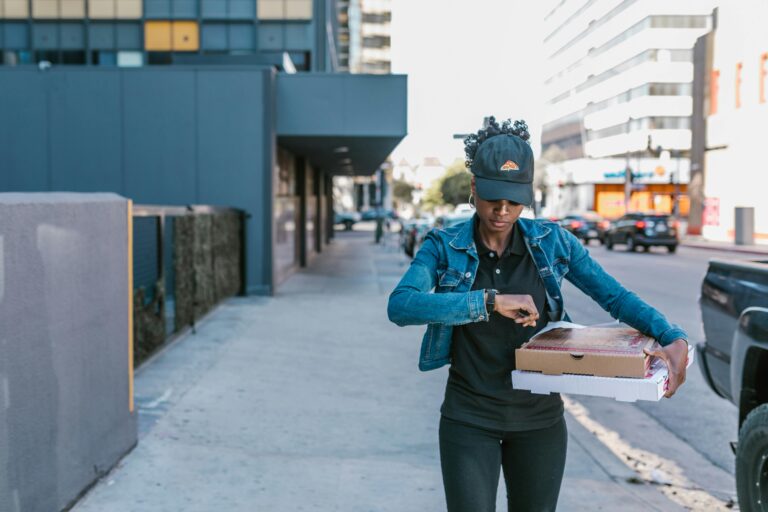Introduction: Navigating Your Path to US Education
Embarking on an educational journey to the United States represents a life-changing opportunity for international students. However, understanding the US student visa requirements is crucial for a successful application process. Each year, thousands of ambitious students navigate this complex system, and with the right guidance, you can join them in pursuing your academic dreams in America.
The US offers three primary visa categories for international students, each designed for specific educational purposes. The F-1 visa is the most common type for international students pursuing academic studies in the United States, covering those enrolled in colleges, universities, and language training programs. The M-1 visa serves vocational students pursuing non-academic or practical training, while the J-1 visa facilitates educational and cultural exchange programs.
This international student visa guide 2025 provides updated information on policy changes and application procedures that reflect the current landscape. The process may initially seem overwhelming, but breaking it down into manageable steps makes it achievable. From securing acceptance at a Student and Exchange Visitor Program (SEVP)-approved institution to preparing for your visa interview, each stage requires careful attention to detail.
Learning how to get a US student visa involves understanding the application process and meeting all requirements. The journey begins with your acceptance letter and continues through document preparation, fee payments, and interview preparation. With recent policy updates in 2025, staying informed about the latest requirements is more important than ever.
Whether you’re applying from India, Nepal, or anywhere else in the world, this comprehensive guide will walk you through the essential steps, documentation, and strategies to secure your student visa successfully. Let’s begin your journey toward studying in the United States.
Understanding US Student Visa Types and Eligibility
US student visa requirements (primary keyword): “Essential US Student Visa Requirements for 2025”
Before diving into the application process, you need to understand which visa category suits your educational goals. The US student visa requirements vary slightly depending on the type of program you plan to pursue.
The F-1 visa allows international students to study at accredited US colleges and universities. To qualify for an F-1 visa, you must be enrolled in a full-time academic program at an accredited institution. This visa category is appropriate for those pursuing bachelor’s, master’s, or doctoral degrees, as well as students in language training programs. The F1 student visa permits limited on-campus employment during your academic program and offers opportunities for practical training after completion.
The M-1 visa is specifically designed for vocational students. Unlike F-1 students, M-1 visa holders can only participate in practical training after completing their studies. This visa type is suitable for those enrolled in technical schools, cooking academies, or other vocational training programs.
The J-1 visa serves exchange visitors participating in programs recognized by the US Department of State. These programs emphasize cultural exchange alongside education and typically involve a sponsoring organization.
All student visa applicants must meet these fundamental criteria:
- Acceptance at a SEVP-approved institution
- Sufficient financial resources to cover education and living expenses
- Strong ties to your home country, demonstrating your intention to return after completing your studies
- English proficiency or enrollment in language courses
- Valid Form I-20 (for F-1 and M-1 visas) or DS-2019 (for J-1 visas) from your approved institution
Meeting all F1 visa requirements is essential for approval, including proving financial capability and academic readiness. The F1 visa requirements include maintaining a full course load and making normal progress toward completing your program. Understanding these requirements will help you prepare properly for your visa interview and increase your chances of approval.
F1 visa requirements (secondary keyword): “Complete F1 Visa Requirements for Academic Students”
The F1 student visa allows international students to study at accredited US colleges and universities. The specific requirements for this visa category include:
- Academic Requirements: You must be enrolled in a full-time academic program at a SEVP-certified school. This typically means at least 12 credit hours per semester for undergraduates or 9 credit hours for graduate students.
- Financial Requirements: You must demonstrate that you have sufficient funds to cover your tuition and living expenses for at least the first year of your program, with clear evidence of how you’ll finance the remainder of your studies. This can include bank statements, scholarship letters, or sponsorship documentation.
- Non-Immigrant Intent: When applying for an F1 student visa, you’ll need to demonstrate your intent to return to your home country after completing your studies. This requires showing strong ties to your home country, such as family relationships, property ownership, or career prospects.
- English Proficiency: Most academic programs require proof of English language proficiency through tests like TOEFL, IELTS, or Duolingo English Test. Some institutions may waive this requirement if you’ve completed previous education in English.
- Valid Passport: Your passport must remain valid for at least six months beyond your planned period of stay in the United States.
The US student visa documentation requirements include your passport, Form I-20, financial evidence, and academic records. Make sure to review the complete list of US student visa documentation requirements before your interview to avoid delays or rejections.
The US Student Visa Application Process
Step-by-Step Guide on How to Get a US Student Visa
The US student visa application process begins after you receive acceptance from a SEVP-approved school. Understanding each step will help you navigate the process efficiently and avoid common pitfalls.
Step 1: Secure Acceptance at a SEVP-Certified Institution
Your journey begins with applying to and receiving acceptance from a school certified by the Student and Exchange Visitor Program (SEVP). Once accepted, the institution will issue Form I-20 (Certificate of Eligibility for Nonimmigrant Student Status), which you’ll need for your visa application.
Step 2: Pay the SEVIS Fee
After receiving your Form I-20, you must pay the I-901 SEVIS (Student and Exchange Visitor Information System) fee, which is $350 for F-1 and M-1 students as of 2025. This fee supports the system that tracks and monitors international students during their stay in the US. Keep your payment receipt, as you’ll need it for your visa application.
Step 3: Complete Form DS-160
The next step is completing the Online Nonimmigrant Visa Application (Form DS-160). This comprehensive form collects personal information, travel details, and information about your educational plans. Be thorough and accurate when filling out this form, as inconsistencies could lead to delays or denial. After submission, print the confirmation page with the barcode for your interview.
Step 4: Pay the Visa Application Fee
The visa application fee for F-1 and M-1 visas is $185 as of 2025. This fee is non-refundable, regardless of whether your visa is approved or denied. Some nationalities may be subject to additional visa issuance fees based on reciprocity agreements between their country and the United States.
Step 5: Schedule Your Visa Interview
With your DS-160 confirmation and fee payment receipt in hand, schedule your visa interview at the nearest US Embassy or Consulate in your home country. Interview wait times vary by location and season, so it’s advisable to schedule your appointment well in advance. In 2025, visa applications are accepted up to 365 days before your program start date, though you can only enter the US up to 30 days before your program begins.
Step 6: Prepare Your Documentation
Gathering and organizing your documentation is crucial for a successful visa application. The US student visa documentation requirements include:
- Valid passport (with at least six months validity beyond your planned stay)
- Form I-20 signed by both you and your school official
- DS-160 confirmation page
- Visa application fee payment receipt
- SEVIS fee payment receipt
- One 2×2 inch photograph meeting US visa photo requirements
- Academic transcripts and standardized test scores
- Financial documents proving your ability to cover expenses
- Evidence of ties to your home country
- Admission letter from your US institution
Step 7: Attend Your Visa Interview
The visa interview is a critical component of the application process. During this brief meeting, a consular officer will verify your documents and assess your eligibility and intentions. Be prepared to discuss your academic plans, how you’ll finance your education, and your ties to your home country.
The US student visa processing time varies by location but typically takes 2-3 weeks after your interview. Understanding the US student visa processing time will help you plan your application timeline appropriately. Some consulates offer expedited processing in certain circumstances, such as when your program start date is approaching quickly.
US student visa application process
Several factors can complicate the US student visa application process, but being aware of these challenges can help you prepare effectively:
- Proving Financial Capability: Demonstrating sufficient funds is often the most challenging aspect of the application. International students must prove they can cover tuition, living expenses, and other costs without relying on unauthorized employment. In 2025, most universities require evidence of at least $25,000-$35,000 per academic year for undergraduate programs and potentially more for graduate studies.
- Demonstrating Non-Immigrant Intent: Consular officers need to be convinced that you plan to return to your home country after completing your studies. This can be particularly challenging for students from countries with high visa denial rates. Strong evidence of ties to your home country—such as family obligations, property ownership, or career opportunities—can help address this concern.
- Language Barriers: The interview is conducted in English, which can be stressful for non-native speakers. Practice your English conversation skills before the interview, focusing on clearly explaining your study plans and goals.
- Security Clearances: Enhanced screening procedures implemented in 2025 have extended processing times for students from certain countries or studying in sensitive fields like advanced technology, engineering, or sciences. If your application requires additional administrative processing, it could add several weeks to your visa processing time.
- Social Media Vetting: As part of expanded screening measures in 2025, consular officers may review your social media profiles. Ensure your public social media presence is professional and consistent with your visa application information.
Understanding these challenges and preparing accordingly will significantly improve your chances of a successful visa application. Remember that the US student visa requirements are designed to ensure that genuine students have the opportunity to study in the United States while maintaining the integrity of the immigration system.
Practical Tips for a Successful US Student Visa Application
US student visa interview tips
The visa interview, though brief, plays a decisive role in your application outcome. These US student visa interview tips will help you present yourself confidently and professionally:
- Prepare Concise Responses: Most interviews last only 3-5 minutes, so practice delivering clear, direct answers about your study plans, financial situation, and post-graduation intentions. Avoid memorized responses that sound rehearsed.
- Demonstrate Academic Purpose: Clearly articulate why you’ve chosen your specific program and institution, how it aligns with your career goals, and why studying in the US is essential for your academic development.
- Show Knowledge of Your Program: Be familiar with your course curriculum, faculty members in your department, and specific resources that attracted you to the institution. This demonstrates genuine interest and thorough research.
- Address Ties to Home Country: Be prepared to discuss specific reasons why you’ll return home after completing your studies, such as family responsibilities, career opportunities, or property ownership.
- Maintain Professional Demeanor: Dress professionally, arrive early, and maintain eye contact during the interview. Speak clearly and confidently, addressing the consular officer respectfully.
- Be Honest and Direct: Answer questions truthfully without volunteering unnecessary information. If you don’t understand a question, politely ask for clarification rather than providing an irrelevant response.
Following these US student visa interview tips can significantly increase your chances of approval. Remember that consular officers are primarily assessing your genuine intent to study and return home afterward.
Document Organization and Preparation
Preparing all US student visa documentation requirements in advance will streamline your application process. Organize your documents in a logical order, with the most important items easily accessible:
- Create a Document Checklist: Use this comprehensive checklist to ensure you have all required documents:
- Valid passport
- Form I-20 or DS-2019
- DS-160 confirmation page
- Visa application fee receipt
- SEVIS fee receipt
- Financial documentation (bank statements, scholarship letters, etc.)
- Academic records (transcripts, diplomas, standardized test scores)
- Proof of English proficiency (TOEFL, IELTS, etc.)
- Admission letter from your US institution
- Evidence of ties to your home country
- Resume or CV (for graduate students)
- Passport-sized photographs meeting US requirements
- Prepare Duplicates: Make copies of all important documents, including your passport biographical page, I-20 form, and financial documents. Keep digital copies as well.
- Organize by Category: Use labeled folders or dividers to separate documents by category (identification, academic, financial, etc.) for easy reference during your interview.
- Highlight Key Information: Use removable tabs or sticky notes to mark important information on lengthy documents, making it easier to reference specific details if needed.
- Verify Document Requirements: Check the specific requirements of your local US Embassy or Consulate, as some locations may have additional documentation requirements.
Timeline Management for Visa Application
Strategic timing can significantly impact your visa application success. Here’s how to manage your application timeline effectively:
- Start Early: Begin your application process at least 4-6 months before your intended program start date. This allows time for unexpected delays and additional administrative processing if required.
- Monitor Interview Wait Times: Check the current interview wait times at your local US Embassy or Consulate regularly, as these can fluctuate throughout the year. In 2025, some locations have wait times of several weeks during peak periods.
- Consider Seasonal Factors: Avoid applying during peak seasons (typically May-August) when possible, as interview slots are limited and processing times may be longer.
- Plan for Program Start Date: Remember that while you can apply up to 365 days before your program start date, you can only enter the US up to 30 days before your program begins.
- Allow Time for Administrative Processing: If your application requires additional security checks, it could add 2-8 weeks to your processing time. Build this potential delay into your timeline, especially if you’re studying in STEM fields or come from countries with additional screening requirements.
By following these practical tips and managing your application timeline effectively, you’ll maximize your chances of a smooth and successful US student visa application process.
Frequently Asked Questions About US Student Visas
What are the US student visa costs in 2025?
The US student visa costs in 2025 include a $185 non-refundable application fee for F-1 and M-1 visas. Additionally, all students must pay the $350 SEVIS fee before their visa interview. Some nationalities may face additional visa issuance fees based on reciprocity agreements. Other costs to consider include courier fees for passport return (approximately $20-30) and travel expenses to the US Embassy or Consulate for your interview.
Can I work on a US student visa?
F-1 students can work on-campus for up to 20 hours per week during the academic year and full-time during breaks. After completing one academic year, F-1 students may qualify for Curricular Practical Training (CPT) related to their field of study. Following degree completion, F-1 students can apply for Optional Practical Training (OPT) for 12 months, with STEM graduates eligible for a
Explore More Student Finance Guides:
- Best Credit Cards for Students in 2025
- Understanding Your Student Loan
- Budgeting Tips for College Students
- Best Investment Broker for investment
- Best Private Student Loans




